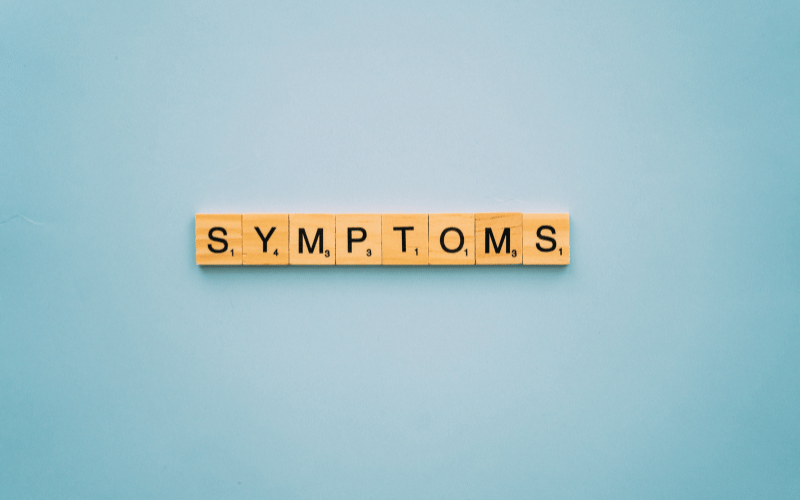Fact 3: The Many Faces of Symptoms

Gallstones can present a myriad of symptoms, ranging from mild discomfort to severe pain, and in some cases, they might not cause any symptoms at all. The size and number of gallstones play a crucial role in determining the manifestation of symptoms. Small stones might pass through the bile ducts without causing any pain or other symptoms, while larger stones can block the flow of bile, resulting in a gallbladder attack.
A gallbladder attack can cause pain in the upper right abdomen, radiating to the back or right shoulder blade. The pain can be intense and sudden, lasting for a few minutes to several hours. Accompanying symptoms might include nausea, vomiting, and bloating. If a gallstone blocks a bile duct leading to the small intestine, it can cause jaundice, where the skin and whites of the eyes turn yellow.
In cases where a gallstone blocks the ducts leading to and from the gallbladder, it can lead to inflammation and infection, a condition known as cholecystitis. This condition can cause severe pain, fever, and a potential gallbladder rupture, a life-threatening situation that requires immediate medical attention.
Gallstones can also lead to complications such as bile duct infections, sepsis, pancreatitis, and gallbladder cancer in rare cases. These complications require prompt and often aggressive medical intervention to manage and resolve the issues effectively.
Being aware of the myriad of symptoms associated with gallstones ensures that individuals are better equipped to seek timely medical attention, reducing the risk of complications and improving outcomes. It empowers people to navigate through the complexities of this condition, ensuring a smoother and more informed health journey. (3)